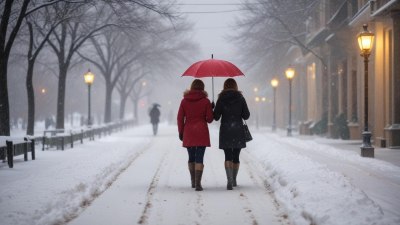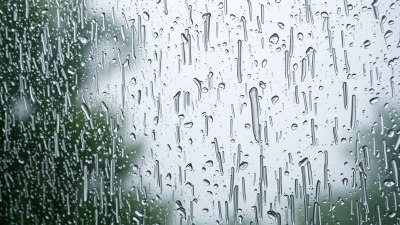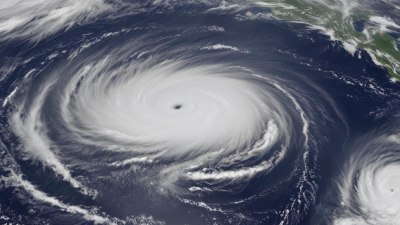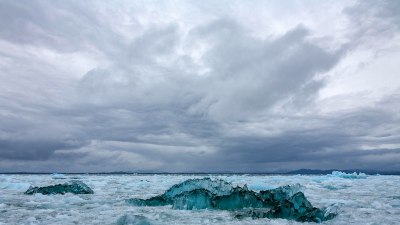How to Spot a Developing Storm
Learn the signs of an approaching storm and how to stay safe. Essential tips for storm preparedness and observation.
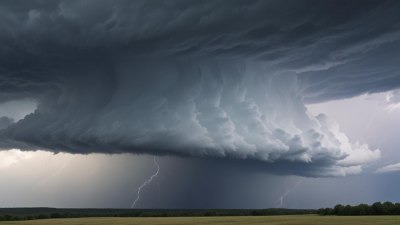
This image was created with the assistance of Freepik
Understanding how to spot a developing storm is crucial for safety and preparedness. As storms can arise rapidly, recognizing early signs can help individuals and communities mitigate risks. This guide will delve into various aspects of storm observation including meteorological cues, technology, and safety measures.
The Importance of Storm Awareness
Recognizing the signs of a developing storm not only promotes individual safety but also helps ensure community preparedness. Storms can lead to severe weather events including thunderstorms, hail, tornadoes, and hurricanes. By learning to identify key indicators of storms, people can take timely actions to protect themselves and their property.
Visual Indicators of a Storm
One of the most important skills in spotting a developing storm is to be observant of your surroundings. Here are some key visual signs:
- Cloud Formation: Watch for dark, towering clouds, particularly cumulonimbus clouds, which indicate a strong possibility of severe weather.
- Color Change: The sky may change color to a darker shade, typically gray or blue-black, as a storm approaches.
- Wind Patterns: Sudden shifts in wind direction and speed can indicate that a storm is on the horizon. Strong winds preceding a storm are often a precursor to severe weather.
- Flashes of Lightning: If you see flashes of lightning and hear thunder, take note. Thunderstorms can develop rapidly, and it's important to be prepared.
- Heavy Rain or Hail: Sudden downpours or hail can signal an approaching storm. Pay attention to the intensity and duration of rainfall.
Meteorological Signs
In addition to visual cues, meteorological signs are vital for identifying storm development:
- Barometric Pressure: A fall in air pressure is often one of the earliest indicators of an approaching storm. Typically, pressure drops can be monitored using a barometer.
- Temperature Changes: Rapid temperature drops can occur as a storm approaches, signaling an atmospheric shift conducive to storm formation.
- Dew Point and Humidity Levels: High humidity and dew points can contribute to storm development. Keeping an eye on these factors can help understanding storm dynamics.
Technological Tools for Storm Observation
Modern technology plays a significant role in storm tracking. Utilizing various tools can greatly enhance your ability to predict storm occurrences:
- Weather Apps: Numerous smartphone apps provide radar maps, alerts, and updates on storm developments in real-time.
- Noaa Weather Radio: A NOAA weather radio provides continuous broadcasts of weather information, including emergencies and warnings.
- Radar Systems: Doppler radar is crucial in tracking storm systems and predicting their movements accurately.
- Online Weather Services: Websites dedicated to weather forecasts can be a resource for viewing satellite imagery and receiving timely information.
Understanding Storm Categories
It's important to understand the different types of storms to recognize their potential hazards:
- Thunderstorms: Characterized by thunder, lightning, and heavy rain; they can produce flash floods and hail.
- Tornadoes: Tornadoes form under specific conditions and are difficult to predict. Watch for severe thunderstorm warnings and funnel clouds.
- Hurricanes: Hurricanes are large storm systems that form over warm ocean waters and can cause severe damage. Being aware of hurricane season and tracking storm paths is essential.
Safety Tips for Storm Preparedness
Recognizing a developing storm is just the first step. Preparation is key to ensuring safety:
- Stay Informed: Frequent updates from trusted weather sources can provide invaluable information about changing conditions.
- Emergency Kit: Always have an emergency kit ready with food, water, medications, and first aid items in case of severe weather.
- Secure Property: If a storm is likely, secure outdoor furniture and equipment that could become projectiles during high winds.
- Have a Shelter Plan: Familiarize yourself with the safest areas in your home or nearby structures to protect against tornadoes or severe storms.
Community Awareness and Involvement
Community outreach can play a vital role in storm preparedness:
- Education Programs: Communities can benefit from workshops or seminars that educate residents about storm readiness and safety measures.
- Neighborhood Watch Programs: Establishing a network of neighbors who can look out for each other can be beneficial during storms.
- Emergency Response Plans: Communities should develop and communicate emergency response plans that outline actions during severe storms.
Learning from Past Storms
Reviewing historical storms can provide insights into patterns and behaviors that may help in predicting future events:
- Storm Track Histories: Studying past storms can help identify which areas are most at risk and can reveal the signs preceding those storms.
- Damage Assessments: Observing the impact of past storms helps in understanding storm intensity and the importance of preparedness.
Final Thoughts on Storm Spotting
Spotting a developing storm is a skill that can be cultivated with awareness and practice. It requires an eye for nature’s signals as well as an understanding of technology that provides crucial updates. By knowing the signs and taking proactive measures, individuals and communities can greatly enhance their safety during storm events. Emphasizing storm preparedness and continuous education can lead to more resilient communities equipped to face natural disasters.

